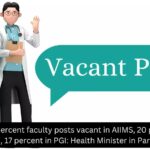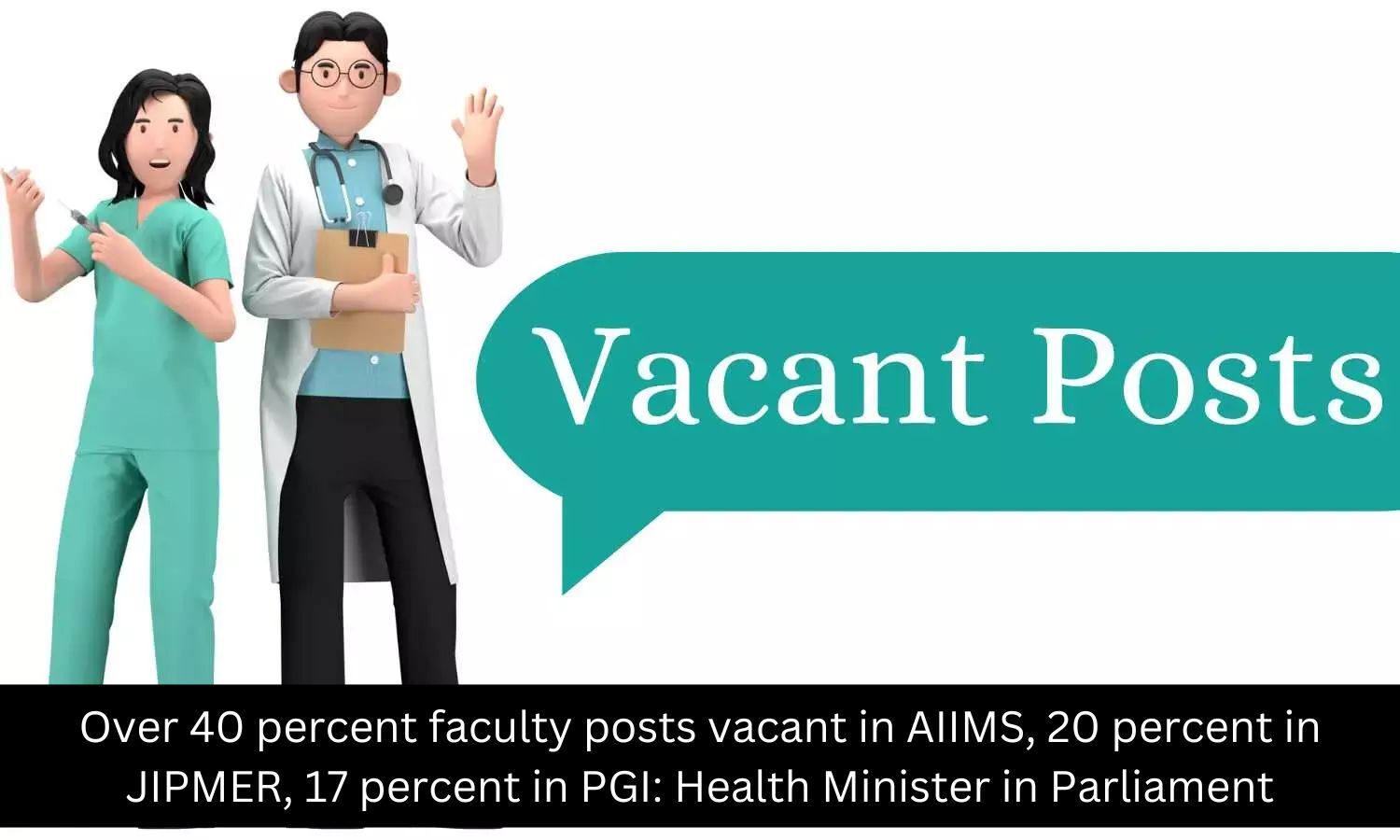At the recent European Academy of Neurology (EAN) Congress delegates heard how exciting developments in Parkinson’s disease research is aiding our understanding of this complex neurological condition, writes Michael McHale
Variations in sleeping heart rhythm may be able to predict a person’s chances of developing neurodegenerative illnesses, particularly Parkinson’s disease.
That’s according to new research published in the European Journal of Neurology and presented at a major international conference.
The study, which observed the heart rate of people with a sleep disorder commonly found to be a precursor to Parkinson’s, found that lower heart rate variability (HRV) during sleep may indicate early signs of the neurodegenerative condition.
HRV reflects the fluctuation of time intervals between heartbeats. It adjusts constantly in response to physical and emotional demands of the body. At night, and especially during deep REM (Rapid Eye Movement) sleep, HRV typically reduces.
Researchers from University Hospital Inselspital in Bern, Switzerland, analysed sleep-related autonomic function in patients with idiopathic REM sleep behaviour disorder (iRBD).
The condition can lead to people physically ‘acting out’ their dreams while they slumber, often with violent movements, without the usual muscle paralysis associated with typical deep sleep.
Using the Bern Sleep-Wake Registry, which includes data from 11,000 people, they identified 17 patients with iRBD and matched them with 102 people without known brain damage.
Matching criteria included age, sex, and apnoea-hypopnea index – the measure used to assess the severity of sleep apnoea.
Autonomic dysfunction may precede the clinical onset of neurodegenerative disease
When the heart rates of all participants were assessed while they slept at night, it was found that patients with iRBD exhibited significantly lower HRV, particularly in the intensity of oscillations in heart rate at low- and high-frequency ranges, suggesting impaired autonomic modulation during sleep.
The researchers followed the progress of the 17 iRBD patients for a number of years and found that three went on to be diagnosed with Parkinson’s disease.
Data showed that these patients had higher mean nocturnal heart rates, lower HRV, and increased sympathetic dominance compared with those who didn’t have Parkinson’s at this point.
From these findings, the researchers conclude that autonomic dysfunction may precede the clinical onset of neurodegenerative disease.
They also suggest that HRV during sleep may represent a potential biomarker for identifying patients with iRBD at higher risk of developing Parkinson’s disease.
However, they caveat this by saying that more research needs to be carried out in order for these findings to be conclusive.
In a wider study of more than 4,000 people, led by researchers in the same hospital, HRV patterns were linked to a number of other future health conditions.
For example, participants who later developed stroke often showed unusually high and erratic HRV. In contrast, low HRV was common in those who further developed depression.
High HRV with altered frequency patterns were also observed in individuals who later developed metabolic diseases. Similarly, cardiovascular and endocrine diseases were also associated with high HRV.
“HRV matters for brain and overall health because it reflects how well the body regulates itself – primarily through the activity of the autonomic nervous system”, explained the lead author of the study, Dr Irina Filchenko.
“This system controls vital unconscious processes such as breathing, digestion and muscle tone, helping the body maintain balance and adapt to internal and external demands.”
Dr Filchenko noted: “Some participants had ‘normal’ sleep according to traditional criteria, with little sleep fragmentation and the expected balance of sleep stages.
However, HRV told a different story, picking up risks that the common sleep metrics missed. This suggests we need to rethink how we define and measure optimal sleep.”
Both studies were presented at the eleventh annual European Academy of Neurology (EAN) Congress, which took place in June in Helsinki, Finland.
Among the event’s speakers was Dr Joaquim Ferreira, professor of neurology and clinical pharmacology at the University of Lisbon.
His contribution focused on potential future treatments for Parkinson’s disease (PD). He pointed to the latest advances in the study of potential treatments using stem cell neurons and gene therapies as exciting areas of innovation.
“What is most interesting is the concept regarding the best medical treatment for PD is changing,” he told the Video Journal of Neurology.
“In my view, what we should now call the best medical treatment for Parkinson’s disease is a combination of using all available medicines for which we have data regarding efficacy to treat all symptomatic problems, from constipation to motor impairment.
“And we should add exercise, socialisation and interdisciplinary care – meaning bringing physios, speech therapists, nutritionists, and psychologists to help in the management of PD, and not forgetting to use technology.
Indeed, the use of technology in treatment and ongoing management of symptoms has advanced significantly in recent years.
The advent of wearable technology has given clinicians the opportunity to monitor changes to key symptoms in patients with Parkinson’s.
Advances in deep brain stimulation has led to new technology that can control tremors and unwanted movement.
The adaptive systems can dynamically adjust stimulation based on patients’ live brain signals to improve their mobility and day-to-day disease management.
“I think we are at the stage where we can have a real-time adjustment in the management (of Parkinson’s) based on detecting not just what is happening in the brain but also in the periphery,” he said.
“I’m pretty sure technology can help, not just in very sophisticated techniques like closed-loop deep brain stimulation, meaning detecting activity in the brain and changing the way we stimulate the brain, but also detecting the way we move and influencing, for instance, the way we infuse levodopa subcutaneously in the body of our patients.”
During the conference, Prof Maria Grazia Spillantini of the University of Cambridge delivered the prestigious Camillo Golgi Award Lecture, focusing on the role of protein aggregation in the development of neurodegenerative conditions such as Alzheimer’s and Parkinson’s disease.
Prof Spillantini looked back at her pioneering work in identifying tau protein isoforms and their role in disease-specific aggregation patterns – contrasting the six isoform inclusions in Alzheimer’s with selective patterns in other diseases. Her laboratory’s efforts to generate novel poly- and monoclonal antibodies are paving the way toward more precise biomarkers and disease-modifying therapies. ![]()










